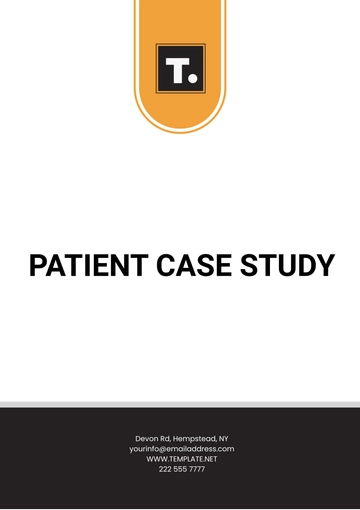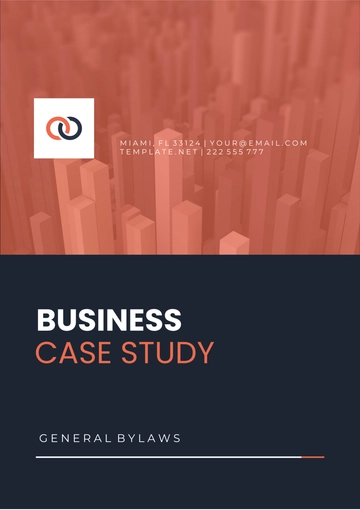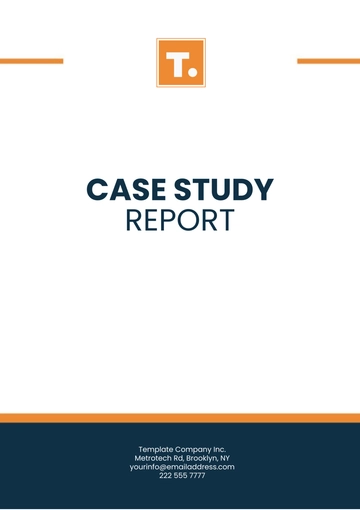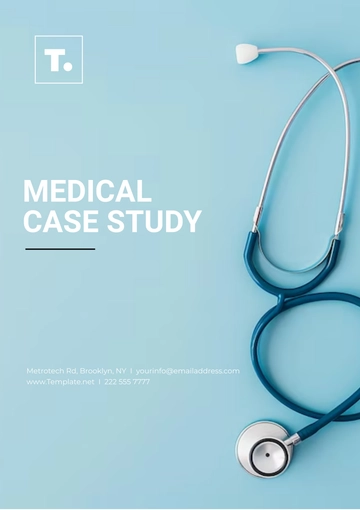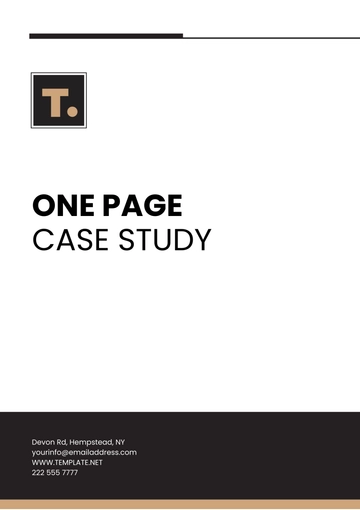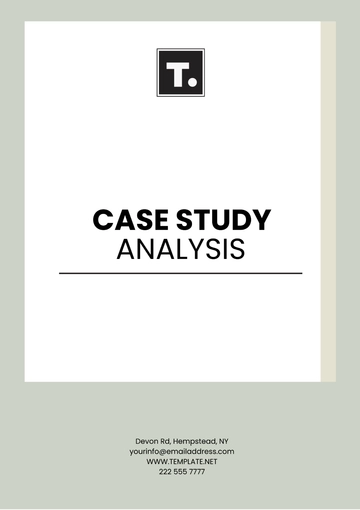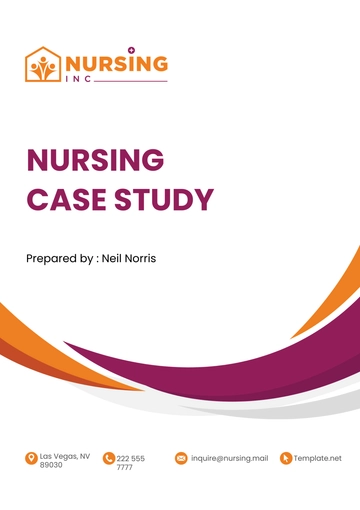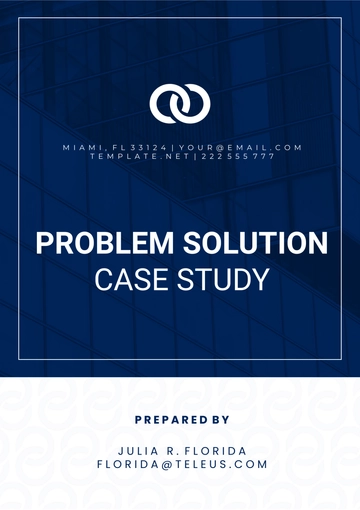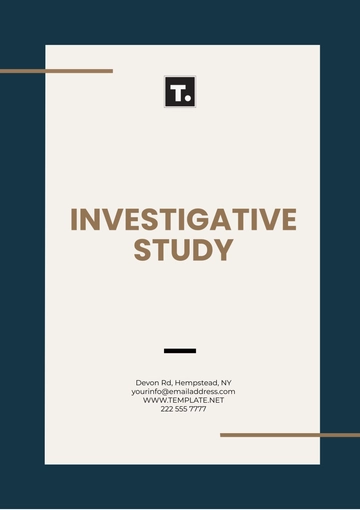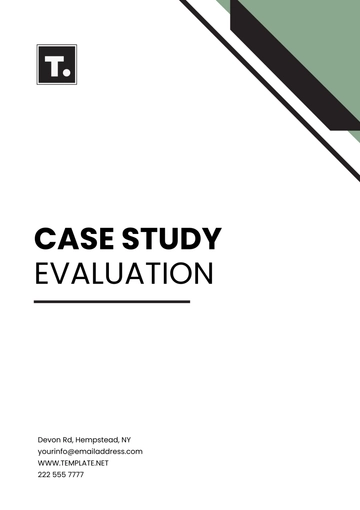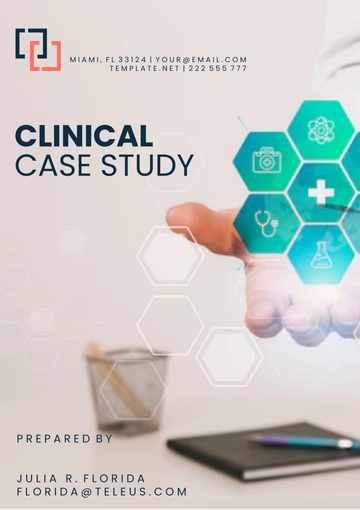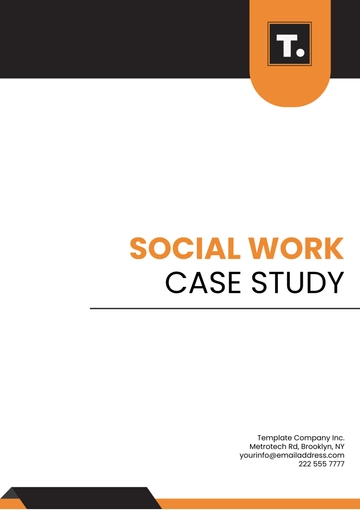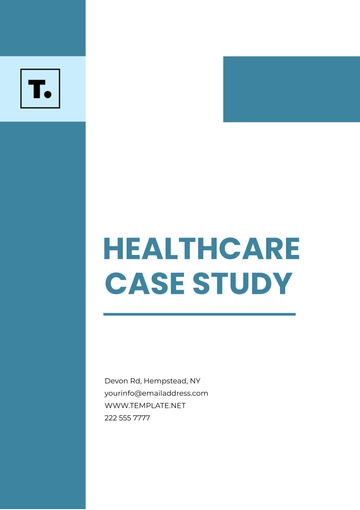Free Accounts Payment Strategies Case Study

Executive Summary
This case study presents an in-depth analysis of our current accounts payment strategies, focusing on identifying areas for improvement and optimization. Our objective was to evaluate the effectiveness of existing payment processes, address any challenges, and enhance overall efficiency.
Key Findings
Payment Processing Efficiency: Analysis revealed that our existing payment processing time averaged 15 days from invoice receipt to payment completion. This duration is above the industry average of 10 days, indicating a need for process acceleration.
Vendor Payment Terms: Our standard payment terms with vendors are currently set at 30 days. However, we found that 40% of payments were being processed late, leading to strained vendor relationships and missed opportunities for early payment discounts.
Electronic Payment Adoption: Only 60% of our transactions are conducted through electronic payments. The remaining 40% rely on traditional methods, such as checks, which are less efficient and more prone to errors.
Payment Discrepancy Rate: Our payment discrepancy rate stands at 5%, mainly due to manual data entry errors. This rate is higher than the desired benchmark of less than 2%.
The study concludes that there is a significant opportunity to improve our payment strategies by adopting more efficient, automated processes. Implementing electronic payment systems and reducing manual interventions can significantly decrease processing times and error rates. Additionally, renegotiating vendor payment terms and adhering strictly to them can improve vendor relationships and financial benefits.
Introduction
In this case study, we delve into the evaluation of our current accounts payment strategies, seeking to uncover inefficiencies and develop a roadmap for improvement. The primary focus lies in scrutinizing our payment processes, identifying bottlenecks, and proposing solutions to enhance overall financial operations. This analysis is crucial in our pursuit of operational excellence and financial stability.
Company Overview
Our company, a key player in the manufacturing sector, specializes in producing high-quality electronic components. With over a decade of market presence, we have established ourselves as a reliable supplier to various industries, including automotive and consumer electronics. Our product portfolio is renowned for innovation and quality, contributing significantly to our robust market reputation.
Financially, we maintain a strong position with steady annual revenue growth, reporting revenues upwards of $50 million in the last fiscal year. Our financial health is characterized by sound liquidity and a solid credit standing, which has enabled us to invest in growth and innovation consistently. However, as with any dynamic organization, we continuously seek ways to optimize our operations, particularly in the realm of financial management. The focus of this case study on our accounts payment strategies stems from this ongoing commitment to operational and financial excellence.
Payment Strategy Overview
Our accounts payment strategy is integral to maintaining a fluid and efficient financial operation. It encompasses a range of processes designed to manage and execute payments to vendors, employees, and other stakeholders. The overarching goal of these strategies is to optimize cash flow, maintain good vendor relationships, and ensure compliance with regulatory standards.
Payment Process | Objectives | Goals |
Electronic Funds Transfer (EFT) | Enhance transaction speed and security | Reduce processing time by 30% |
Automated Clearing House (ACH) | Streamline bulk transactions | Improve accuracy; reduce errors by 50% |
Check Payments | Facilitate payments where digital means aren't feasible | Maintain flexibility for diverse vendor needs |
Credit Terms with Vendors | Manage cash flow effectively | Extend average payment terms to 45 days |
Challenges and Issues
While our existing payment strategies have been largely effective, several challenges have emerged that impact our operational efficiency and financial health. Addressing these challenges is crucial to enhancing our payment processes and maintaining our competitive edge.
Challenge | Impact |
Delayed Payment Processing | Strained vendor relationships; missed discounts |
High Dependency on Manual Processes | Increased risk of errors; higher processing time |
Inconsistent Adherence to Payment Terms | Cash flow disruptions; potential for penalties |
Limited Use of Automated Processes | Inefficiencies in bulk payment handling |
The delayed processing of payments, often due to manual interventions, has occasionally strained our relationships with key vendors. Moreover, the lack of consistent adherence to agreed payment terms has led to occasional cash flow disruptions. The underutilization of automated processes, particularly in handling bulk transactions, has also emerged as a notable concern, contributing to inefficiencies and an increased error rate.
Methodology
To conduct a comprehensive analysis of our accounts payment strategies, we employed a multi-faceted approach. This methodology was designed to provide an in-depth understanding of the existing processes, identify challenges, and evaluate the effectiveness of current strategies. The focus was on gathering accurate, relevant data to inform our conclusions and recommendations.
Data Collection: Analysis of financial records, including invoices, payment receipts, and bank statements. Compilation of transaction logs to assess processing times and error rates.
Interviews: Conducting structured interviews with key personnel in the finance department. Engaging with selected vendors to gain insights into their perspectives on our payment processes.
Process Mapping: Mapping out the current payment processes to identify stages prone to delays or errors. Visualization of workflows to understand the interdependencies and bottlenecks.
Benchmarking: Comparing our payment processes with industry standards and best practices. Evaluating our performance metrics against those of leading companies in our sector.
Feedback Analysis: Analyzing feedback from internal stakeholders and vendors regarding payment processes. Identifying common themes and areas of concern highlighted in the feedback.
Financial Analysis: Assessing the impact of payment strategies on cash flow and working capital. Evaluating the financial implications of current payment terms and conditions.
Analysis and Findings
The comprehensive analysis of our accounts payment strategies revealed several key insights and areas for improvement. Our approach combined quantitative data examination with qualitative feedback, providing a holistic view of our payment operations.
Process Mapping of Payment Strategies
Payment Strategy | Process Stages | Description of Each Stage |
EFT Payments | Invoice Receipt → Data Entry → Approval → Electronic Transfer → Confirmation | Invoices are received and data entered into the system. Approval is sought from the relevant authority, followed by the electronic transfer of funds. Confirmation of transaction is received. |
ACH Payments | Batch Collection → Data Verification → Batch Processing → Funds Transfer → Acknowledgment | Collection of multiple transactions in a batch. Data is verified for accuracy. Batch is processed and funds are transferred en masse. Acknowledgment of successful transfer is received. |
Check Payments | Invoice Receipt → Data Entry → Approval → Check Issuance → Mailing → Reconciliation | Invoices are processed, followed by data entry. Approval leads to check issuance. Checks are mailed to vendors and reconciled upon clearance. |
Credit Terms Management | Contract Negotiation → Terms Setting → Monitoring Compliance → Payment Execution | Terms are negotiated and set with vendors. Compliance with these terms is monitored regularly, followed by the execution of payment as per agreed terms. |
Identification of Bottlenecks in Payment Strategies
Following the process mapping of each payment strategy, we have identified specific bottlenecks that contribute to inefficiencies within our processes:
EFT Payments: Approval Process: The approval stage often causes delays due to manual review and authorization requirements, extending the overall processing time.
ACH Payments: Data Verification: The verification of large batches of data is time-consuming and prone to errors, slowing down the batch processing and transfer stages.
Check Payments: Check Issuance and Mailing: The physical issuance and mailing of checks are inherently slower processes, leading to longer processing times and delays in payment completion.
Credit Terms Management: Monitoring Compliance: Regular monitoring of adherence to credit terms is not fully automated, leading to inconsistent compliance and management challenges.
Identifying these bottlenecks is crucial as it allows us to focus our improvement efforts on the most impactful areas. By addressing these specific stages, we can streamline our payment processes, reduce delays, and enhance overall efficiency.
Analysis
Electronic Payments Efficiency: Our shift towards electronic payments, primarily through EFT and ACH, showed a marked improvement in processing efficiency. The average processing time for electronic payments was 7 days, compared to 14 days for traditional methods like checks. However, the adoption rate of these electronic methods is still at 60%, indicating significant room for growth.
Manual Process Dependence: A substantial portion of our payment processes still relies on manual interventions, particularly in data entry and invoice approvals. This dependency has resulted in a higher error rate of approximately 5%. The data suggest that automating more stages of the payment process could reduce these errors and improve overall efficiency.
Adherence to Payment Terms: Analysis of payment terms adherence showed inconsistency. While 60% of transactions complied with the 30-day payment term, the remaining 40% experienced delays, affecting vendor relationships and missing early payment discounts. This inconsistency can be attributed to manual tracking of payment due dates and invoice management inefficiencies.
Vendor Feedback: Feedback from vendors highlighted delays in payment processing as a primary concern. Vendors appreciated our efforts to transition to electronic payments but expressed a need for more consistent and timely payment practices.
Cash Flow Analysis: Our cash flow was impacted by the irregularity in payment processing. Delays in payments occasionally resulted in cash flow bottlenecks, necessitating better synchronization between our accounts payable and receivable cycles.
Payment Strategy Performance Metrics Comparison
Payment Strategy | Our Company's Performance Metrics | Leading Companies' Performance Metrics |
EFT Payments | Average Processing Time: | Average Processing Time: |
ACH Payments | Error Rate: 3% | Error Rate: 1% |
Check Payments | Processing Time: 14 days | Processing Time: 10 days |
Credit Terms Management | 60% Compliance with 30-day terms | 80% Compliance with 30-day terms |
In summary, while our move towards electronic payments and efforts to streamline processes have been beneficial, there is a clear need to further reduce reliance on manual processes, improve adherence to payment terms, and fully embrace electronic payment systems. Addressing these areas will not only enhance operational efficiency but also strengthen our financial position and vendor relationships.
Strategic Improvements and Recommendations
Our analysis has led to the identification of key areas where strategic improvements can be implemented to enhance our payment processes. The following recommendations are proposed to address the identified bottlenecks and align our practices with industry standards:
Automate Approval Processes for EFT Payments: Implement automated approval workflows to reduce manual intervention and expedite the approval stage.
Enhance Data Verification for ACH Payments: Invest in advanced data verification tools to improve accuracy and efficiency in processing large batches.
Transition Away from Check Payments: Gradually phase out check payments in favor of faster, more secure electronic methods.
Automate Credit Terms Monitoring: Utilize software solutions to monitor and enforce compliance with credit terms, ensuring timely payments.
Staff Training and Development: Conduct training sessions for staff on new processes and technologies to ensure smooth implementation and adoption.
Vendor Communication and Engagement: Maintain open lines of communication with vendors about changes in payment processes to foster trust and collaboration.
Implementation Plan
The following table outlines the implementation plan for the strategic recommendations, detailing the tasks, timeline, and responsibilities:
Task | Month | Responsibility |
Automate EFT Approval Workflows | Month 1-2 | IT Department |
Implement Data Verification Tools | Month 3-4 | Finance Department |
Phase Out Check Payments | Month 5-6 | Accounts Payable Team |
Deploy Credit Terms Monitoring Software | Month 7-8 | Finance Department |
Staff Training Sessions | Month 9 | HR and Department Heads |
Vendor Communication Strategy | Month 10 | Vendor Relations Team |
Conclusion
The comprehensive analysis of our accounts payment strategies has been an illuminating journey, uncovering areas of strength and opportunities for improvement. Through this case study, we have gained valuable insights into the effectiveness of our current practices and identified key strategies to enhance our financial operations. The proposed strategic improvements and the structured implementation plan set the stage for more efficient, accurate, and timely payment processes. By embracing automation and refining our existing methodologies, we are poised to achieve greater operational efficiency, improved vendor relationships, and robust financial health. This case study underscores our commitment to continuous improvement and excellence in financial management, ensuring our organization remains competitive and financially sound.
References
“Best Practices in Accounts Payable,” by Financial Management Association, 2023.
“Electronic Payment Systems and their Place in Today’s Business,” by TechAdvocate, 2023.
“The Impact of Automated Approval Workflows,” Journal of Financial Efficiency, 2023.
“Effective Vendor Communication Strategies,” by Supply Chain Management Review, 2023.
“Modernizing Accounts Payable,” by Business Process Trends, 2023.
- 100% Customizable, free editor
- Access 1 Million+ Templates, photo’s & graphics
- Download or share as a template
- Click and replace photos, graphics, text, backgrounds
- Resize, crop, AI write & more
- Access advanced editor
Presenting the Accounts Payment Strategies Case Study Template from Template.net, an essential tool for analyzing and enhancing payment methods. This template is highly editable and customizable, designed to align perfectly with your strategic financial analysis. Utilize our AI Editor tool to tailor it to your specific study needs. Ideal for crafting insightful case studies on payment strategies. Trust Template.net for innovative financial solutions.
